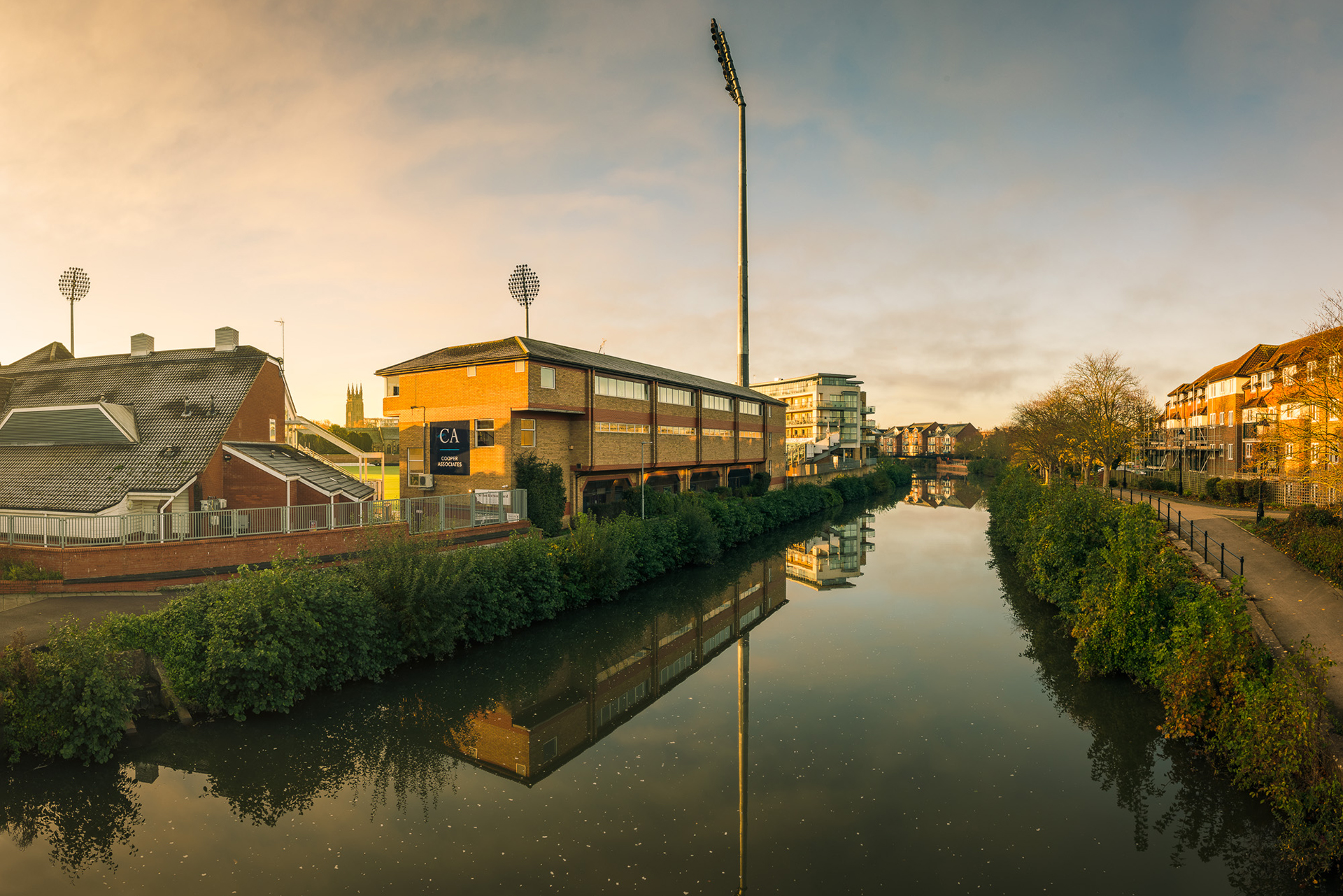


If you are selling a property that has the addition of a conservatory, in many cases you can expect to be asked a raft of questions about the conservatory which you may consider excessive.
This is however because conveyancers need to determine if the conservatory would have required planning permission and/or building regulations when it was erected and if so, if there has been compliance with the same.
Many conservatories will fall under permitted development. However, you should be aware that some areas could have had permitted development rights restricted and its always worth double checking.
Planning laws have become more relaxed in recent years and as such, the range of conservatories that do not require planning permission and are exempt from planning permission have grown.
There are however conditions and limits as to what is allowed
without the need for planning permission. For instance, if there is a wall
within the existing property which exists between the dwelling and conservatory
then planning permission is not usually required. In addition, if a
conservatory will cover more than 50% of the land around the original house; if
the conservatory is on the front or side of the original house which faces the
road planning permission would be required. This is because planning laws are
in place to preserve the area in which the building is located as when changes
are made to properties, the impact is felt not only by the homeowner but
neighbours, the public etc.
Building regulations should also be considered. Although building regulations will generally apply if you want to build an extension, conservatories are often exempt.
For example, conservatories with a floor area of less than 30 square metres are usually exempt provided that the conservatory is separated from the building by external quality doors, windows and walls and any glazing and fixed electrical installation complies with the applicable building regulations, it is single story, is built at ground level and has its own independent heating system. Any new structural openings will require building regulations approval. So, for instance, if you plan to put a toilet or a sink in or fixed electrical points, consent will be required.
It is important to establish whether planning or building regulations are necessary before you begin any works so that you do not run the risk of having the development challenged by the local authority.
Should you fail to comply with building regulations (if applicable) you could face enforcement action from the local authority. It could also cause difficulties when you come to sell and so it is best to comply at the outset.
However, should you fail to obtain the requisite completion certificate or planning permission (if required) at the time the works are carried out, an indemnity policy can always be obtained on a sale provided you have not contacted the local authority or a third party in regard to any potential breach. A more time consuming option would be to apply for retrospective consent.
It is therefore always important that your conveyancer makes
various enquiries in relation to the conservatory to include when it was built,
if the conservatory has an independent heating system or if the original doors
are still in situ.